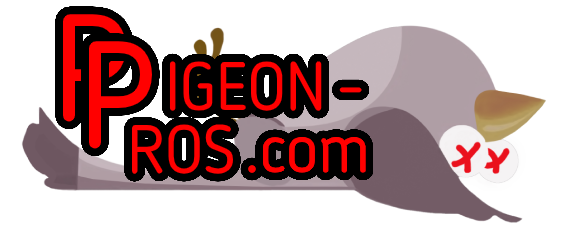Virginia opossum (Didelphis virginiana), commonly known as the North American opossum, is the only marsupial found north of Mexico and is typically referred to simply as a possum. Their unspecialized biology, flexible diet, and reproductive habits make them successful colonizers and survivors in diverse locations and conditions. They are are small to medium-sized marsupials that grow to the size of a house cat. Their coats are a dull grayish brown, other than on their faces, which are white. Opossums have long, hairless, prehensile tails, which can be used to grab branches and carry small objects. They also have hairless ears and a long, flat nose.
flexible diet, and reproductive habits make them successful colonizers and survivors in diverse locations and conditions. They are are small to medium-sized marsupials that grow to the size of a house cat. Their coats are a dull grayish brown, other than on their faces, which are white. Opossums have long, hairless, prehensile tails, which can be used to grab branches and carry small objects. They also have hairless ears and a long, flat nose.
Opossums are omnivorous and eat a wide range of plants and animals such as fruits, grains, birds, mice, and other small animals.
Damage from Opossum
Possum Damage in Buildings
Opossums cause significant damage in buildings such as houses and commercial properties. Opossums are skilled climbers, so it is easy for them to gain entry into a home through the foundation vents or even drain pipes while foraging for food. They will nest both in attics or under a building. The most prominent damage is the deposition of their waste materials.
Pest Opossums produce a shocking amount of waste. The animals are capable of turning the attic to their toilet. Their urine can stain the attic and ceiling, and their feces can leave an building smelling terrible along with inviting parasites and bacterial growth. Opossums are very messy, so they often bring their food indoors and leave scraps everywhere to rot attracting flies and creating a horrible smell in your attic. Since possums are omnivores, the range of leftovers can vary greatly, including small animals, fruits, and whatever garbage you had lying around.
Opossums grow to be fairly large and their lifespan is only a few years, so they commonly die indoors. An opossum carcass can leave an unbelievable mess that attracts flies, other wildlife, and bacterial growth.
As wild animals, opossums will require nesting materials when hiding in the attic and under the house, and they can get some of these nesting materials within the attic. Dealing with an opossum problem is similar to dealing with a rodent infestation. If an opossum enters your attic and finds itself stuck, it may try to chew through the wall, air ducts, or insulation to get out. Aside from damaging the air ducts, opossums are also known to damage insulators and electric wires around the attic. When insulators are wire cables are damaged through cuts, there is an increased risk of fires accident that can lead to the burning of the entire property.
Garden and Landscape Destruction
Problem possums are attracted to bird feeders, pet food bowls, trashcans, pantry food, and garden fruit or produce and will raid poultry yards. As soon as they find steady food, they will look for a place to create a den close to the food. Opossums make a huge mess while they are foraging for food. If you have a garden, you will need to protect it with a fence made to keep opossums out; otherwise, it could become a stomping ground for opossums and other pests. They are also known to destroy lawns because they will dig to feed on insects living under the surface.
Property Devaluation
Ask any possum control expert and they will tell you that a possum infestation, just like all other animal infestations, must be disclosed to potential property buyers. In addition to affecting the salability of the home or commercial building, it negatively impacts the property value.
Livestock disease
Horse owners should pay attention to the risk of opossums transmitting a serious disease to horses through fecal contamination of feed and water. The disease, known as Equine Protozoal Myeloencephalitis (EPM), is caused by a protozoal parasite whose eggs are shed in an opossum’s feces.
